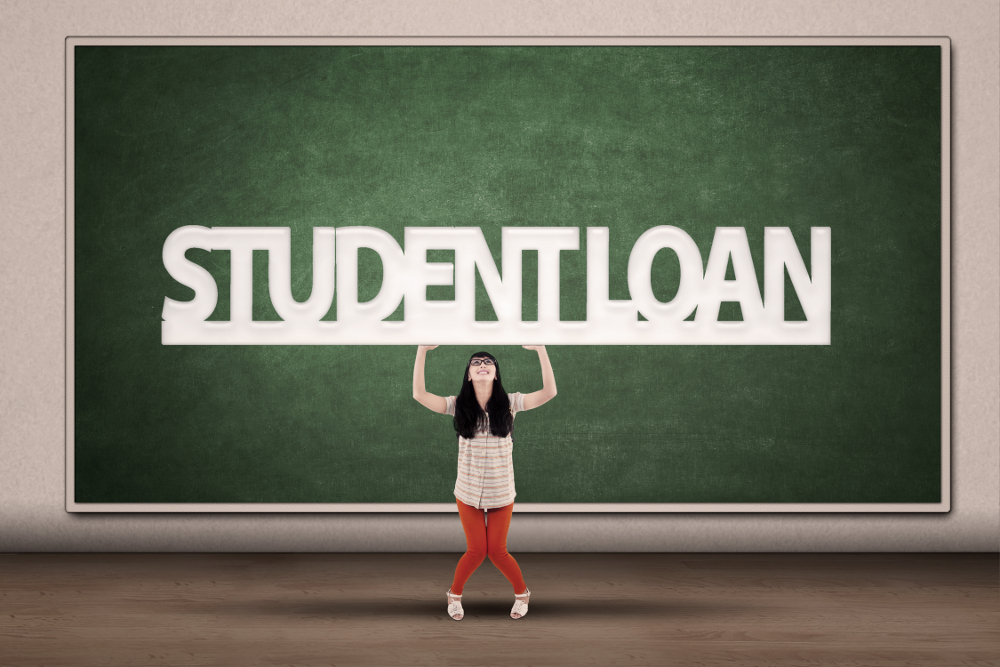DEBT
DEBT
FREE DEBT ANALYSIS
Speak with a certified debt management counselor.
The modern credit card has only been in existence since 1958 and it didn’t become a standard part of American life until the 1980’s when it saw a significant increase in usage. This resulted in a social change that witnessed the average citizen steering away from saving, and instead looked to engage more in spending.
Before the favor of using credit cards, consumer debt was stigmatized and seen as a sign of a weak character and impulsiveness. While these changes brought about significant changes in consumer purchases, most card users were generally naive about the downside of becoming a household with credit card debt.
Prior to the introduction of credit cards
![]() The principle of using credit as a form of payment to acquire goods isn’t something new. In fact, the ability to use credit was commonplace in the 18th and 19th century for businessmen and farmers, but this was limited to individual stores approving the terms of the transaction. This early form of credit had no widespread regulation in place, and instead merely relied on an agreement made with a store proprietor.
The principle of using credit as a form of payment to acquire goods isn’t something new. In fact, the ability to use credit was commonplace in the 18th and 19th century for businessmen and farmers, but this was limited to individual stores approving the terms of the transaction. This early form of credit had no widespread regulation in place, and instead merely relied on an agreement made with a store proprietor.
This type of credit played a practical role in that it provided a line of credit until businesses received their accounts receivable or a harvest was complete. The potential difficulties that might arise in future years of not having a source of credit generally gave more than enough reason to make the return payments.
Introduction of national standards
![]() The credit card industry was in a position to operate to national standards in the 1970’s. Plus, the major brands like American Express, MasterCard, and Visa had become well established in the industry. However, there were still many obstacles to overcome. For instance, the major card providers had to deal with high inflation and state usury laws. In the 1970’s inflation rates (10-12%) made it difficult to service clients in every state.
The credit card industry was in a position to operate to national standards in the 1970’s. Plus, the major brands like American Express, MasterCard, and Visa had become well established in the industry. However, there were still many obstacles to overcome. For instance, the major card providers had to deal with high inflation and state usury laws. In the 1970’s inflation rates (10-12%) made it difficult to service clients in every state.
By 1978 a new ruling changed the way in which interest rates were changed by the credit card companies. It made it possible to set the interest rate in line with the company’s home state and not the state the consumer resides. A consequence of this was that the state with the least regulation in place became the preferred destination for the credit card companies.
Many of the credit companies proceeded to move their headquarters to South Dakota because there were no restrictions in place on interest rates. This made it possible for the card operators to charge interest rates in the region of 20% about the existing inflation rates.
Growth in consumer debt
![]() The 1980’s witnessed the start of consumer debt with the widespread growth of credit card use. Once the 1982 recession came to an end, there was a significant fall in the inflation rate. But, the card companies found it was possible to leave their rates unaltered without noticing much in the way of lost business. With consumers getting more use from their cards and balances increasing, the card companies started to see a much more profitable part of their business.
The 1980’s witnessed the start of consumer debt with the widespread growth of credit card use. Once the 1982 recession came to an end, there was a significant fall in the inflation rate. But, the card companies found it was possible to leave their rates unaltered without noticing much in the way of lost business. With consumers getting more use from their cards and balances increasing, the card companies started to see a much more profitable part of their business.
Once the mid 2000’s arrived, there were millions of consumers left with unpaid balances on their credit cards and deeply in debt. This in the main relates to households living well beyond their personal income and means.
3 Tips For Managing Credit Card Debt:
The modern credit card has only been in existence since 1958 and it didn’t become a standard part of American life until the 1980’s when it saw a significant increase in usage. This resulted in a social change that witnessed the average citizen steering away from saving, and instead looked to engage more in spending.
Before the favor of using credit cards, consumer debt was stigmatized and seen as a sign of a weak character and impulsiveness. While these changes brought about significant changes in consumer purchases, most card users were generally naive about the downside of becoming a household with credit card debt.
Budget your finances
![]()
Once it has been determined there is a problem with the credit card debt, it is essential to analyze your finances and calculate themonthly incomings and outgoings. If the finances dont make it possible to pay back at least the minimal monthly charge, it benefits to get in touch with the credit card company to discuss the situation. It many situations it is possible to negotiate a more attractive interest rate to make it possible to continue to make a monthly payment. Also, you are more likely to get cooperation from your creditors if you are still up to date with making the monthly payments.
Consolidate your debts
![]()
Use a consolidation loan to help make the monthly outgoing that much more manageable. By applying for a new loan that combines any outstanding credit card and loan debt, it is possible to see a noticeable reduction in the monthly payment. There are several types of debt consolidation plans so it benefits to research the available options and sign up to the plan the matches the specific needs.
Alternatively, apply for a new low rate or 0% credit card to transfer the existing debt. Many credit card companies offer a 0% introductory interest rate on balance transfers for a set period of time. This has the benefit of lowering the monthly repayments and hopefully giving enough time to clear the outstanding balance. If the balance hasn’t been paid down by the time the introductory rate expires, the interest rate will rise for all future payments made on the card. The higher general rates are usually in the region of 12-22%.
Contact a credit counselor
![]()
For those finding it difficult to manage their debt, it can help to get in contact with a credit counselor. By signing up for a debtmanagement plan (DMP) you have the opportunity to rely on the expert services of a counselor who is able to negotiate the most attractive monthly repayment. A credit counselor is usually able to help negotiate lower interest rates and avoid many of the penalties such as making a late payment. The agency used to act as a counselor is responsible for collecting the negotiated monthly payment and disburses the payments to the different creditors. Before using a DMP, make sure to do the due diligence and research the company using the BBB or similar. Also, it is advised to avoid using a for-profit debt-settlement company because this type of service isn’t really able to do much more than you can negotiate by yourself.
LATEST BLOG ARTICLES
Need a Mortgage? Here’s What Lenders Look For
If you’re ready to stop paying rent to a third party and start putting your money towards establishing equity in a home you can call your own, getting your financial ducks in a row is of prime importance. After all, you don’t want to fall head over heels for a house...
Where My Student Loan Debt Landed Me
2016 marks five years from my college graduation. I’ve been adulting, with various degrees of success, for five whole years now. I’ve held a plethora of jobs over that time, from waitress to Development Director. I’ve also experienced periods of underemployment. I’ve...
Don’t Make These 5 Credit Card Mistakes
When I was eighteen, with my first few meager paychecks under my belt and a new sense of adult pride, I went shopping. As I laid the items on the counter to pay, the cashier asked if I would like to sign up for a card to receive a discount on the items. Somehow I only...
NAVIGATE YOUR WAY OUT OF CREDIT CARD DEBT
Enroll yourself into our debt management program



